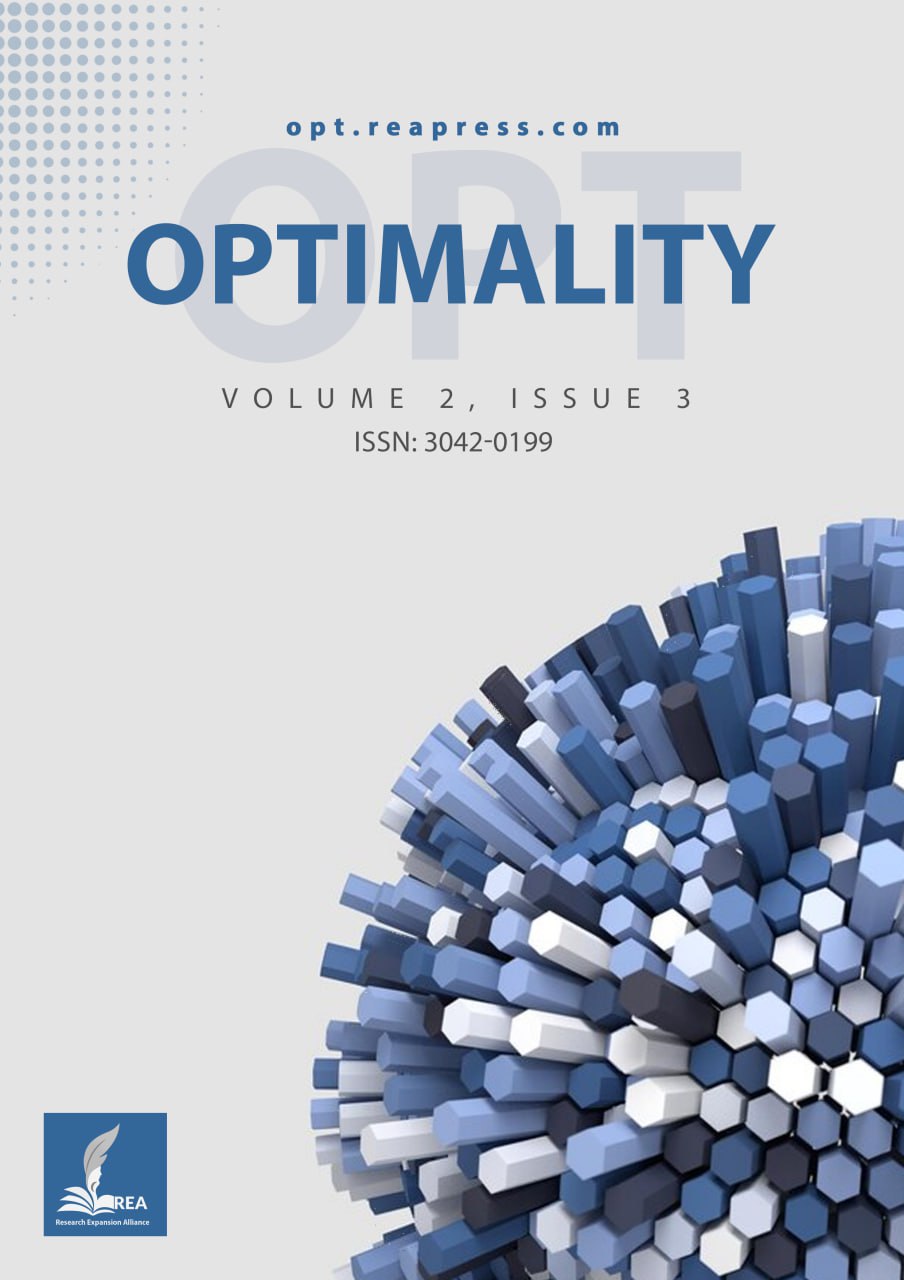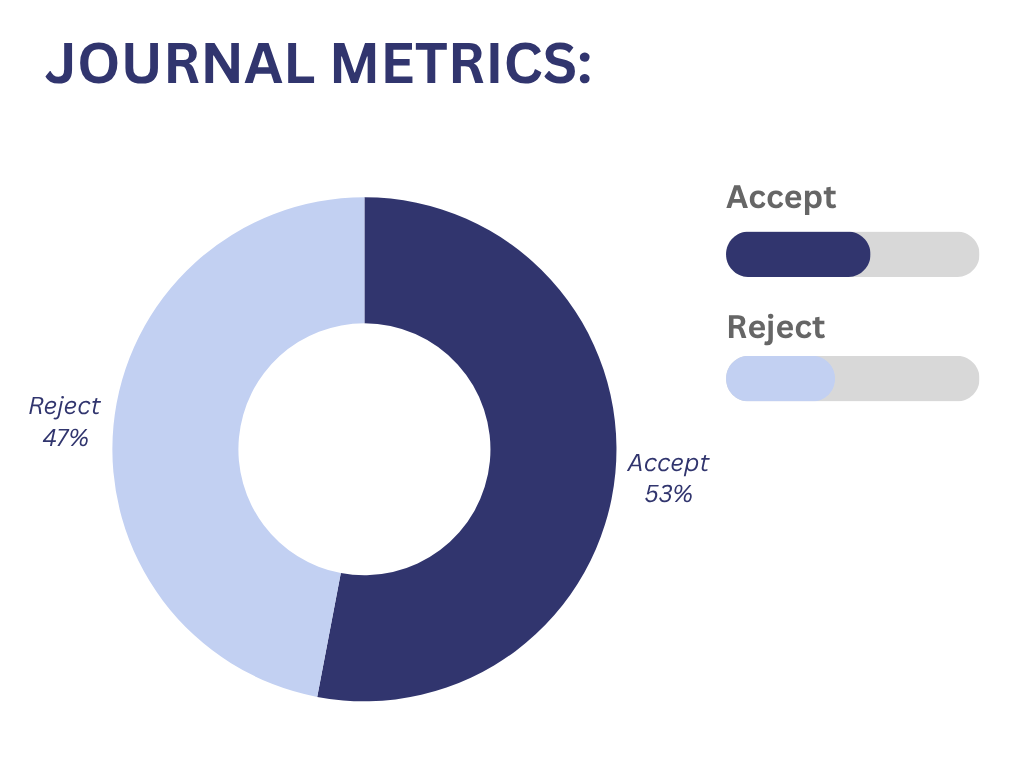Hyperfuzzy and SuperHyperfuzzy Extensions of Linear Programming: Modelsand Mathematical Foundations
Abstract
A fuzzy set assigns to each element of a universe a membership degree within the interval [0, 1], thereby modeling imprecision and vagueness. A hyperfuzzy set extends this concept by associating each element with a nonempty subset of [0, 1], capturing both uncertainty and variability through a range of possible membership degrees. Building on this, a superhyperfuzzy set generalizes the framework further by assigning to each nonempty element in the nth power-set hierarchy a nonempty subset of [0, 1], thus enabling the representation of recursively structured and hierarchical uncertainty. Linear programming is an optimization technique that aims to maximize or minimize a linear objective function subject to a set of linear equality and inequality constraints. Fuzzy linear programming generalizes this framework by incorporating fuzzy numbers into the objective coefficients and constraints, allowing for uncertainty in both parameters and feasible regions. In this paper, we propose mathematical models for Hyperfuzzy Linear Programming and Superhyperfuzzy Linear Programming, and briefly examine their theoretical properties. We hope that these models will provide a foundation for further validation, development, and refinement in future research
Keywords:
Fuzzy set, Hyperfuzzy set, Superhyperfuzzy set, Fuzzy linear programming, Linear programmingReferences
- [1] Lotfi A Zadeh. Fuzzy sets. Information and control, 8(3):338–353, 1965.
- [2] H-J Zimmermann. Fuzzy set theory and mathematical programming. Fuzzy sets theory and applications, pages 99–114, 1986.
- [3] Hans-Jürgen Zimmermann. Fuzzy set theory—and its applications. Springer Science & Business Media, 2011.
- [4] TM Nishad, Talal Ali Al-Hawary, and B Mohamed Harif. General fuzzy graphs. Ratio Mathematica, 47, 2023.
- [5] Krassimir Atanassov and George Gargov. Elements of intuitionistic fuzzy logic. part i. Fuzzy sets and systems, 95(1):39–52, 1998.
- [6] Krassimir T Atanassov. Intuitionistic fuzzy sets. Springer, 1999.
- [7] Muhammad Akram, Bijan Davvaz, and Feng Feng. Intuitionistic fuzzy soft k-algebras. Mathematics in Computer Science, 7:353–365, 2013.
- [8] W-L Gau and Daniel J Buehrer. Vague sets. IEEE transactions on systems, man, and cybernetics, 23(2):610–614, 1993.
- [9] Muhammad Akram, A Nagoor Gani, and A Borumand Saeid. Vague hypergraphs. Journal of Intelligent & Fuzzy Systems, 26(2):647–653, 2014.
- [10] An Lu and Wilfred Ng. Vague sets or intuitionistic fuzzy sets for handling vague data: which one is better? In International conference on conceptual modeling, pages 401–416. Springer, 2005.
- [11] Muhammad Akram. Bipolar fuzzy graphs. Information sciences, 181(24):5548–5564, 2011.
- [12] Wen-Ran Zhang. Bipolar fuzzy sets and relations: a computational framework for cognitive modeling and multiagent decision analysis.
- [13] NAFIPS/IFIS/NASA ’94. Proceedings of the First International Joint Conference of The North American Fuzzy Information Processing Society Biannual Conference. The Industrial Fuzzy Control and Intellige, pages 305–309, 1994.
- [14] Wen-Ran Zhang. Bipolar fuzzy sets. 1997.
- [15] Said Broumi, Mohamed Talea, Assia Bakali, and Florentin Smarandache. Single valued neutrosophic graphs. Journal of New theory, (10):86–101,
- [16] Mustafa Hasan Hadi and LAA Al-Swidi. The neutrosophic axial set theory. Neutrosophic Sets and Systems, vol. 51/2022: An International Journal in Information Science and Engineering, page 295, 2022.
- [17] Florentin Smarandache and NM Gallup. Generalization of the intuitionistic fuzzy set to the neutrosophic set. In International Conference on Granular Computing, pages 8–42. Citeseer, 2006.
- [18] Takaaki Fujita. A review of fuzzy and neutrosophic offsets: Connections to some set concepts and normalization function. Advancing Uncertain Combinatorics through Graphization, Hyperization, and Uncertainization: Fuzzy, Neutrosophic, Soft, Rough, and Beyond, page 74, 2024.
- [19] Takaaki Fujita. Review of plithogenic directed, mixed, bidirected, and pangene offgraph. Advancing Uncertain Combinatorics through Graphization, Hyperization, and Uncertainization: Fuzzy, Neutrosophic, Soft, Rough, and Beyond, page 120.
- [20] Raed Hatamleh, Abdullah Al-Husban, Sulima Ahmed Mohammed Zubair, Mawahib Elamin, Maha Mohammed Saeed, Eisa Abdolmaleki, Takaaki Fujita, Giorgio Nordo, and Arif Mehmood Khattak. Ai-assisted wearable devices for promoting human health and strength using complex interval-valued picture fuzzy soft relations. European Journal of Pure and Applied Mathematics, 18(1):5523–5523, 2025.
- [21] Waheed Ahmad Khan, Waqar Arif, Quoc Hung NGUYEN, Thanh Trung Le, and Hai Van Pham. Picture fuzzy directed hypergraphs with applications towards decision-making and managing hazardous chemicals. IEEE Access, 2024.
- [22] Bui Cong Cuong and Vladik Kreinovich. Picture fuzzy sets-a new concept for computational intelligence problems. In 2013 third world congress on information and communication technologies (WICT 2013), pages 1–6. IEEE, 2013.
- [23] Vicenç Torra and Yasuo Narukawa. On hesitant fuzzy sets and decision. In 2009 IEEE international conference on fuzzy systems, pages 1378–1382. IEEE, 2009.
- [24] Vicenç Torra. Hesitant fuzzy sets. International journal of intelligent systems, 25(6):529–539, 2010.
- [25] Zeshui Xu. Hesitant fuzzy sets theory, volume 314. Springer, 2014.
- [26] Arif Mehmood Khattak, M Arslan, Abdallah Shihadeh, Wael Mahmoud Mohammad Salameh, Abdallah Al-Husban Al-Husban, R Seethalakshmi, G Nordo, Takaaki Fujita, and Maha Mohammed Saeed. A breakthrough approach to quadri-partitioned neutrosophic softtopological spaces. European Journal of Pure and Applied Mathematics, 18(2):5845–5845, 2025.
- [27] Surapati Pramanik. Interval quadripartitioned neutrosophic sets. Neutrosophic Sets and Systems, vol. 51/2022: An International Journal in Information Science and Engineering, page 146, 2022.
- [28] R Radha, A Stanis Arul Mary, and Florentin Smarandache. Quadripartitioned neutrosophic pythagorean soft set. International Journal of Neutrosophic Science (IJNS) Volume 14, 2021, page 11, 2021.
- [29] Florentin Smarandache. Hyperuncertain, superuncertain, and superhyperuncertain sets/logics/probabilities/statistics. Critical Review, XIV, 2017.
- [30] Takaaki Fujita and Florentin Smarandache. Study for general plithogenic soft expert graphs. Plithogenic Logic and Computation, 2:107–121, 2024.
- [31] Fazeelat Sultana, Muhammad Gulistan, Mumtaz Ali, Naveed Yaqoob, Muhammad Khan, Tabasam Rashid, and Tauseef Ahmed. A study of plithogenic graphs: applications in spreading coronavirus disease (covid-19) globally. Journal of ambient intelligence and humanized computing, 14(10):13139–13159, 2023.
- [32] P Sathya, Nivetha Martin, and Florentine Smarandache. Plithogenic forest hypersoft sets in plithogenic contradiction based multi criteria decision making. Neutrosophic Sets and Systems, 73:668–693, 2024.
- [33] Florentin Smarandache. Plithogeny, plithogenic set, logic, probability, and statistics. Infinite Study, 2017.
- [34] Takaaki Fujita and Florentin Smarandache. A review of the hierarchy of plithogenic, neutrosophic, and fuzzy graphs: Survey and applications. In Advancing Uncertain Combinatorics through Graphization, Hyperization, and Uncertainization: Fuzzy, Neutrosophic, Soft, Rough, and Beyond (Second Volume). Biblio Publishing, 2024.
- [35] Young Bae Jun, Kul Hur, and Kyoung Ja Lee. Hyperfuzzy subalgebras of bck/bci-algebras. Annals of Fuzzy Mathematics and Informatics, 2017.
- [36] Seok-Zun Song, Seon Jeong Kim, and Young Bae Jun. Hyperfuzzy ideals in bck/bci-algebras. Mathematics, 5(4):81, 2017.
- [37] Jayanta Ghosh and Tapas Kumar Samanta. Hyperfuzzy sets and hyperfuzzy group. Int. J. Adv. Sci. Technol, 41:27–37, 2012.
- [38] Z Nazari and B Mosapour. The entropy of hyperfuzzy sets. Journal of Dynamical Systems and Geometric Theories, 16(2):173–185, 2018.
- [39] Takaaki Fujita and Florentin Smarandache. Examples of fuzzy sets, hyperfuzzy sets, and superhyperfuzzy sets in climate change and the proposal of several new concepts. Climate Change Reports, 2:1–18, 2025.
- [40] Florentin Smarandache. Foundation of superhyperstructure & neutrosophic superhyperstructure. Neutrosophic Sets and Systems, 63(1):21, 2024.
- [41] Takaaki Fujita. Exploration of graph classes and concepts for superhypergraphs and n-th power mathematical structures. Advancing Uncertain Combinatorics through Graphization, Hyperization, and Uncertainization: Fuzzy, Neutrosophic, Soft, Rough, and Beyond, 3(4):512.
- [42] Ajoy Kanti Das, Rajat Das, Suman Das, Bijoy Krishna Debnath, Carlos Granados, Bimal Shil, and Rakhal Das. A comprehensive study of neutrosophic superhyper bci-semigroups and their algebraic significance. Transactions on Fuzzy Sets and Systems, 8(2):80, 2025.
- [43] Takaaki Fujita. Hyperalgorithms & superhyperalgorithms: A unified framework for higher-order computation. Prospects for Applied Mathematics and Data Analysis, 4(1):36–49, 2024.
- [44] Lotfi A Zadeh. Fuzzy logic, neural networks, and soft computing. In Fuzzy sets, fuzzy logic, and fuzzy systems: selected papers by Lotfi A Zadeh, pages 775–782. World Scientific, 1996.
- [45] Hashem Bordbar, Mohammad Rahim Bordbar, Rajab Ali Borzooei, and Young Bae Jun. N-subalgebras of bck= bci-algebras which are induced from hyperfuzzy structures. Iranian Journal of Mathematical Sciences and Informatics, 16(2):179–195, 2021.
- [46] Takaaki Fujita. Short survey on the hierarchical uncertainty of fuzzy, neutrosophic, and plithogenic sets. Advancing Uncertain Combinatorics through Graphization, Hyperization, and Uncertainization: Fuzzy, Neutrosophic, Soft, Rough, and Beyond, page 285, 2025.
- [47] Takaaki Fujita. Advancing Uncertain Combinatorics through Graphization, Hyperization, and Uncertainization: Fuzzy, Neutrosophic, Soft, Rough, and Beyond. Biblio Publishing, 2025.
- [48] Julian Parsert and C. Kaliszyk. Linear programming. Arch. Formal Proofs, 2019, 2019.
- [49] Alan J. Baker. Introduction to linear programming. Linear Programming and Resource Allocation Modeling, 2018.
- [50] Narendra Karmarkar. A new polynomial-time algorithm for linear programming. Combinatorica, 4:373–395, 1984.
- [51] George B. Dantzig. Linear programming and extensions. 1965.
- [52] Emmanuel J. Candès and Terence Tao. Decoding by linear programming. IEEE Transactions on Information Theory, 51:4203–4215, 2005.
- [53] Mariano Jiménez, Mar Arenas Parra, Amelia Bilbao-Terol, and Maria Victoria Rodríguez. Linear programming with fuzzy parameters: An interactive method resolution. Eur. J. Oper. Res., 177:1599–1609, 2007.
- [54] Hans-Jürgen Zimmermann. Fuzzy programming and linear programming with several objective functions. Fuzzy Sets and Systems, 1:45–55, 1978.
- [55] Sapan Kumar Das, Tarni Mandal, and Seyyed Ahmad Edalatpanah. A mathematical model for solving fully fuzzy linear programming problem with trapezoidal fuzzy numbers. Applied Intelligence, 46:509–519, 2017.
- [56] Ali Ebrahimnejad. Fuzzy linear programming approach for solving transportation problems with interval-valued trapezoidal fuzzy numbers. Sadhan ¯ a¯, 41:299 – 316, 2016.
- [57] Rajesh Kumar Chandrawat, Rakesh Kumar, B. P. Garg, Gaurav Dhiman, and Sumit Kumar. An analysis of modeling and optimization production cost through fuzzy linear programming problem with symmetric and right angle triangular fuzzy number. In International Conference on Soft Computing for Problem Solving, 2016.
- [58] Tong Shaocheng. Interval number and fuzzy number linear programmings. Fuzzy sets and systems, 66(3):301–306, 1994.
- [59] Yisong Yuan, Sudong Ye, Hang Yang, and Lin Lin. A cooperative co-evolution algorithm for fuzzy production planning and scheduling in prefabricated building construction. Proceedings of the 2021 International Conference on Bioinformatics and Intelligent Computing, 2021.
- [60] Pandian M. Vasant. Fuzzy production planning and its application to decision making. Journal of Intelligent Manufacturing, 17:5–12, 2006.



